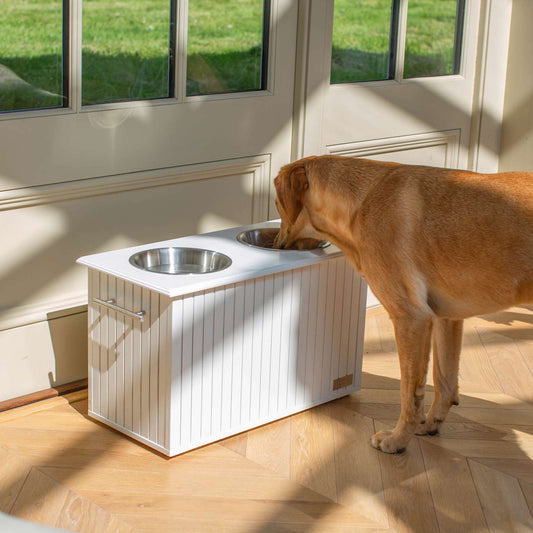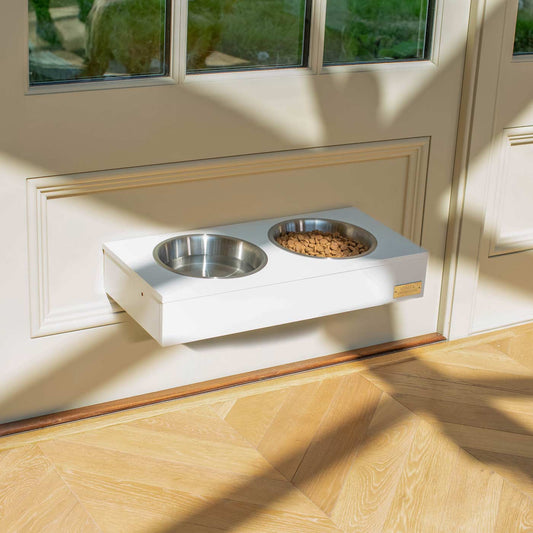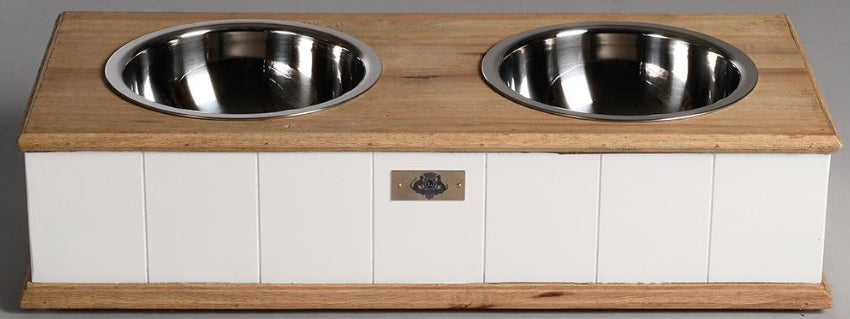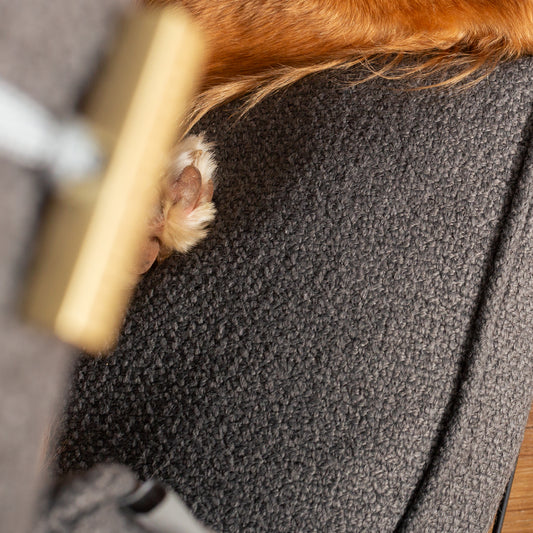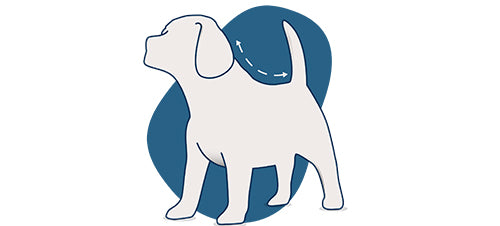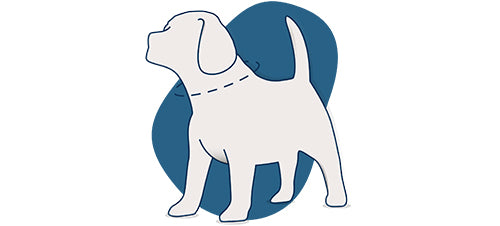Selecting the right feeding bowl for your dog is more important than you might think. It impacts not only your dogs comfort while eating but also their health and hygiene. With a plethora of options available, from traditional dog bowls to elevated dog bowls on stands, making the right choice can be daunting. This guide will help you understand the key considerations and benefits of different types of dog bowls, particularly focusing on the increasingly popular dog bowls on stands.
Understanding Your Dog’s Needs
Before diving into the specifics of different types of dog bowls, it's important to understand your dog’s unique needs. Factors such as breed, size, age, eating habits, and health conditions play a significant role in determining the best feeding bowl for your furry friend.
Size and Breed: Larger breeds may need bigger bowls with higher capacities, while smaller breeds require appropriately sized bowls to avoid overfeeding. Some breeds benefit from 'long eared' dog bowls, where as others may benefit from a slow feeder bowl.
Age: Puppies might benefit from smaller, shallower bowls, whereas senior dogs might need elevated bowls to reduce strain on their neck and joints.
Eating Habits: Fast eaters might benefit from slow feeder bowls to prevent gulping and subsequent digestive issues.
The Benefits of Dog Bowls on Stand
Dog bowls on stands, also known as elevated or raised dog bowls, have become increasingly popular for their numerous benefits. Here are some key benefits your dog may find from using one:
Improved Digestion
Elevated dog bowls can help improve your dog's digestion by allowing food to travel more efficiently down the digestive tract. This is particularly beneficial for large breeds and dogs with certain health conditions.
Reduced Strain on Joints
For older dogs or those with arthritis, bending down to eat can be painful and stressful on their joints. Dog bowls on stands elevate the food to a comfortable height, reducing the strain on your dog's neck, hips, shoulders, and joints.
Better Posture
Eating from an elevated bowl can help promote better posture, especially in large breed dogs. This can prevent long-term musculoskeletal issues and promote overall well-being.
Cleanliness and Hygiene
Raised dog bowls can help keep the feeding area cleaner. They prevent food and water from spilling onto the floor, reducing the chance of bacterial growth and keeping the feeding area hygienic.
Types of Dog Bowls
Here at Lords & Labradors, we offer various types of dog bowls, each with its unique features and benefits. Here’s a closer look at some popular options:
Standard Dog Bowls
These are the most common type of dog bowls, typically made from stainless steel, plastic, or ceramic. They are simple, affordable, and come in various sizes. However, they may not offer the ergonomic benefits of elevated bowls.
Dog Bowls on Stand
As we've looked into, elevated bowls come with a stand that raises the bowls to a more comfortable height for your dog. They are ideal for larger breeds, senior dogs, and dogs with certain health conditions.
Slow Feeder Bowls
Designed to slow down fast eaters, these bowls have ridges or obstacles that make it more challenging for dogs to gulp down their food. This can prevent choking, bloating, and other digestive issues.
Automatic Feeders
Automatic feeders are perfect for busy pet owners. They dispense a pre-measured amount of food at scheduled times, ensuring your dog gets fed even when you’re not home.
Travel Bowls
Portable and often collapsible, travel bowls are convenient for on-the-go feeding. They are typically made from flexible materials like silicone or fabric.

Choosing the Right Dog Bowl on a Stand
When selecting an elevated dog bowl, there are several factors to consider to ensure it meets your dog's needs:
Height of the Stand
The height of the stand should be appropriate for your dog’s size. The bowl should be at the level of your dog's chest to allow for comfortable eating without straining their neck.
Material
Choose a bowl made from durable, non-toxic materials. Stainless steel is a popular choice due to its durability, ease of cleaning, and resistance to bacterial growth. Ceramic bowls are also good but can be heavier and prone to breaking. Avoid plastic bowls as they can harbor bacteria and may cause allergic reactions in some dogs.
Stability
The stand should be stable and sturdy enough to prevent tipping, especially if your dog is a vigorous eater. Look for stands with non-slip feet, or wall mounted to keep them securely in place.
Ease of Cleaning
Opt for bowls that are easy to remove and easy to wash. This will make cleaning and maintaining hygiene much easier.
Capacity
Ensure the bowls have enough capacity to hold your dog’s meals comfortably. This is especially important for larger breeds that require more food.

Additional Tips for Feeding Your Dog
Regular Cleaning: Clean your dog’s bowls regularly to prevent the buildup of bacteria and ensure a healthy feeding environment.
Proper Placement: Place the bowl in a quiet area to allow your dog to eat without distractions or stress.
Monitor Eating Habits: Keep an eye on your dog’s eating habits. If you notice any changes, such as eating too fast or showing signs of discomfort, consider adjusting your feeding setup or consulting your veterinarian.
Choosing the right dog feeding bowl is so important for your pet's health and comfort. Dog bowls on stands offer numerous benefits, including improved digestion, reduced strain on joints, better posture, and enhanced cleanliness. By considering your dog's specific needs and preferences, you can select the perfect bowl to ensure they enjoy every meal comfortably and safely.
At Lords & Labradors, we offer a wide range of high-quality dog bowls and feeding accessories designed to meet the unique needs of every dog. Explore our collection today and find the perfect feeding solution for your furry friend.


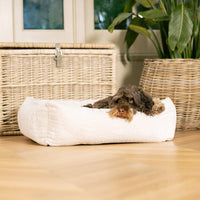

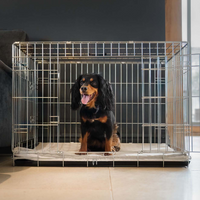
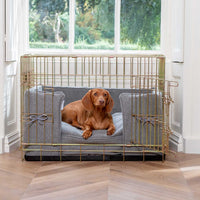
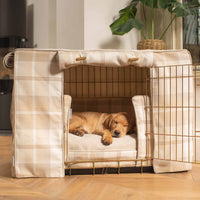
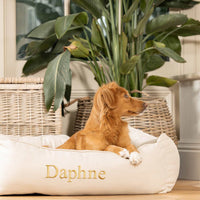
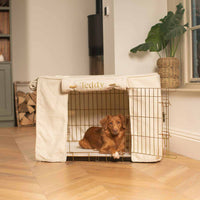
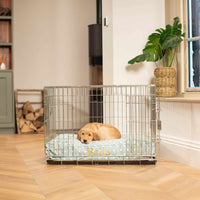
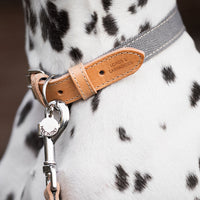


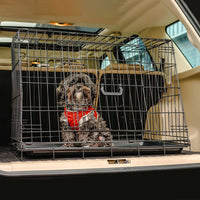

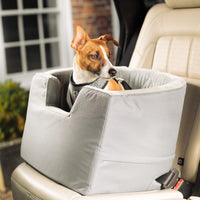
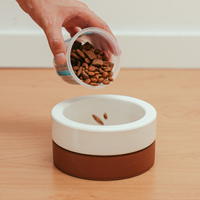
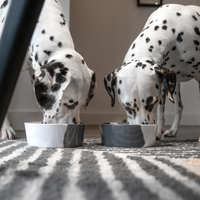


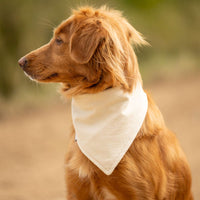

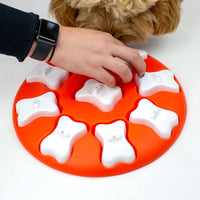

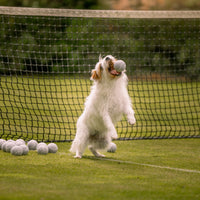



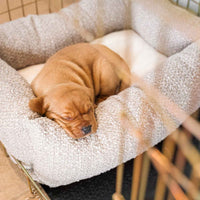

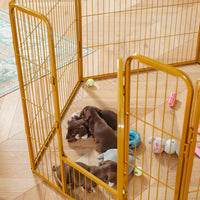



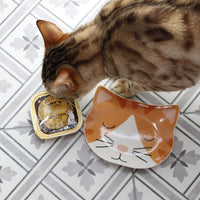

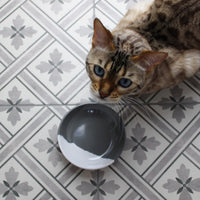
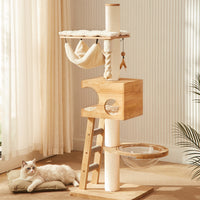


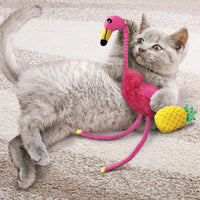

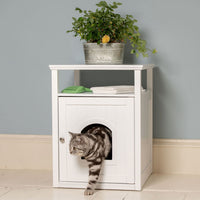
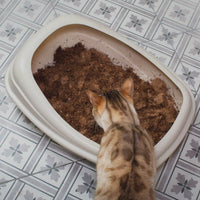
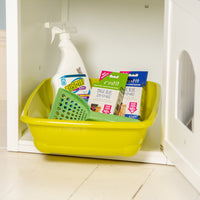
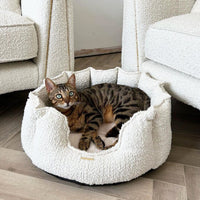
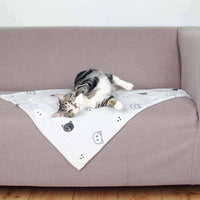
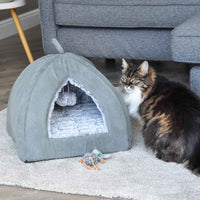



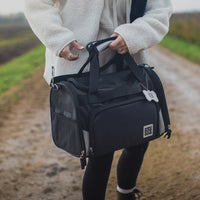

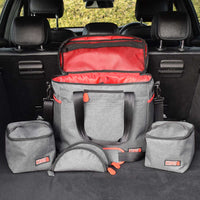



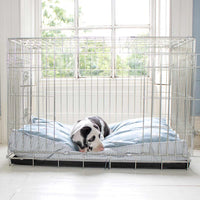

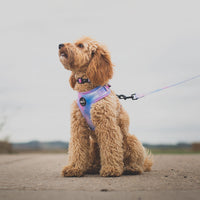
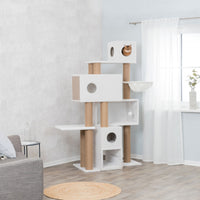

.jpg?v=1720698571731&options=)



